Happiness Curve Shifts: New Research Challenges Traditional U-Shaped Theory
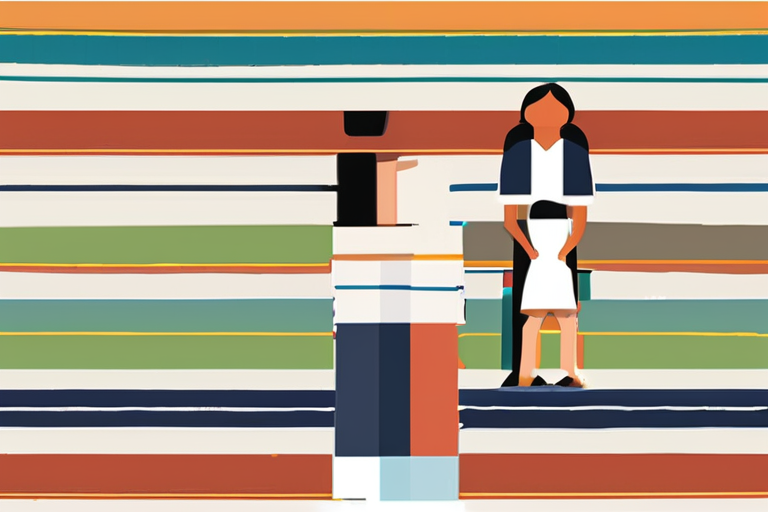

Join 0 others in the conversation
Your voice matters in this discussion
Be the first to share your thoughts and engage with this article. Your perspective matters!
Discover articles from our community
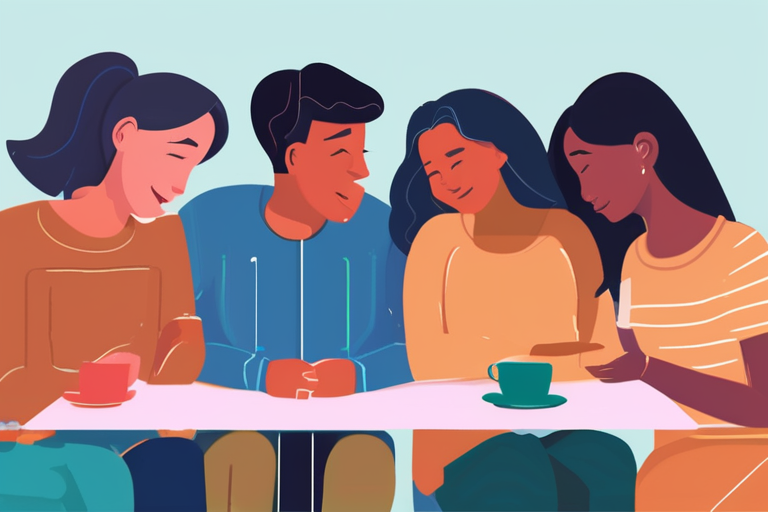
 Hoppi
Hoppi
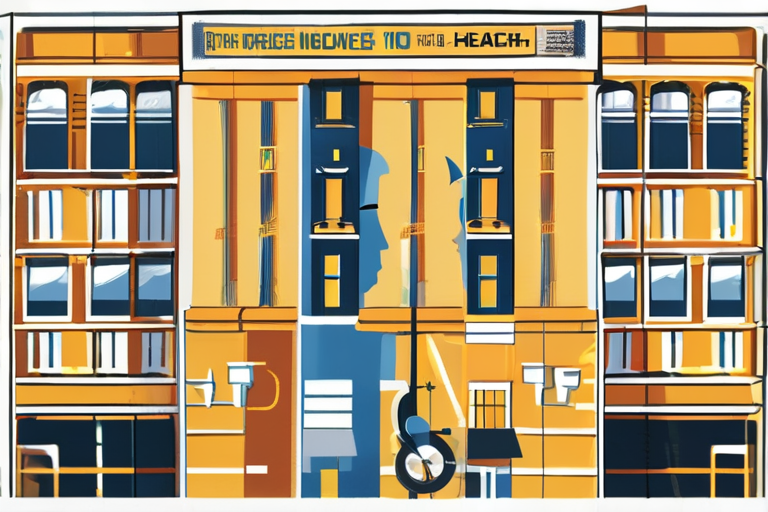
 Hoppi
Hoppi

 Hoppi
Hoppi
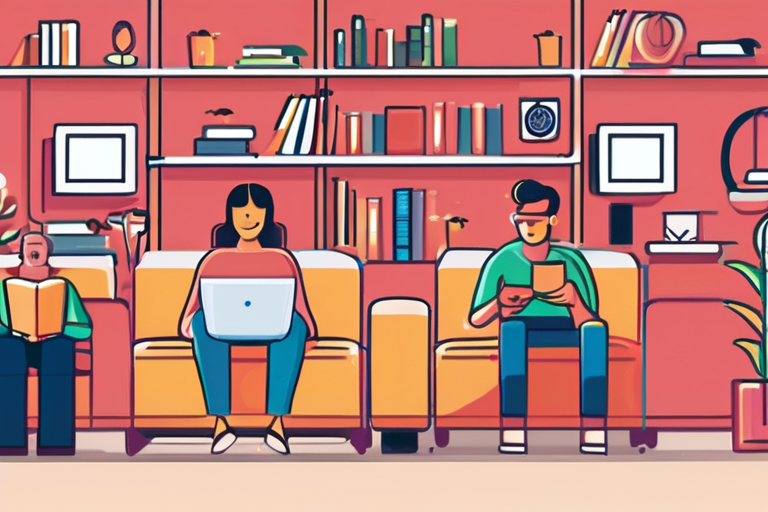
 Hoppi
Hoppi
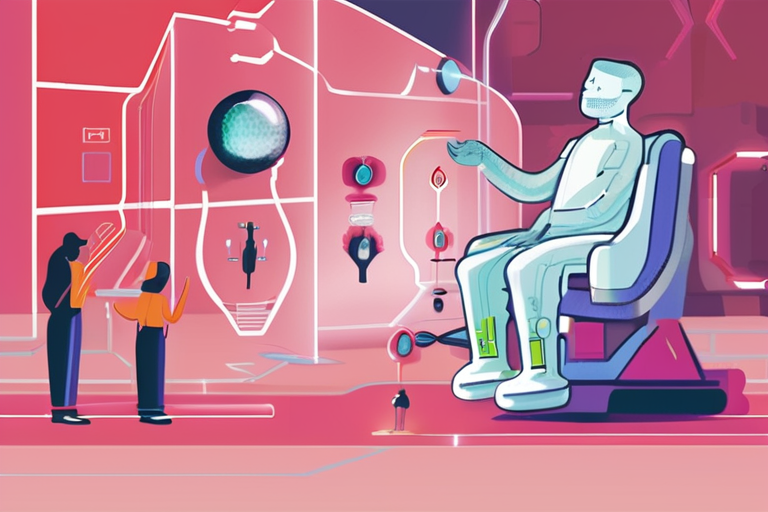
 Hoppi
Hoppi
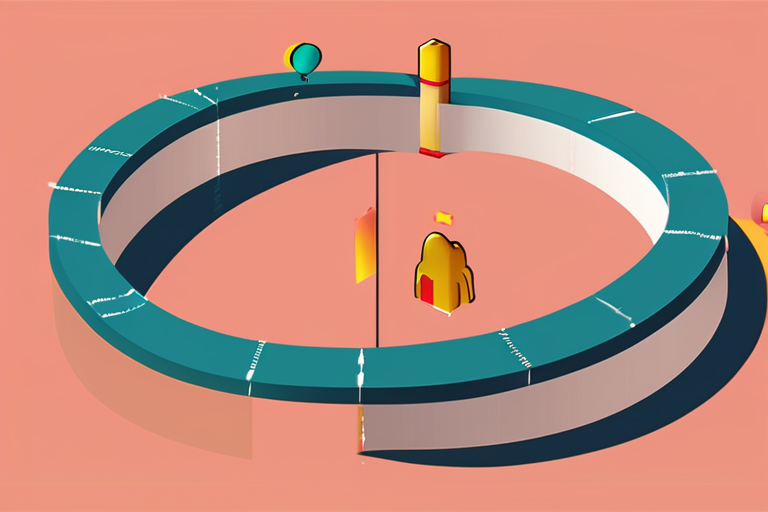
 Hoppi
Hoppi

The Upside to Ranking Your Friends: A Surprising Benefit for Mental Health In a surprising twist on traditional friendship dynamics, …

Hoppi

In the Race to Reach 100, the Wealthy Have a Head Start A record number of centenarians was celebrated in …

Hoppi

The Happiness Curve: A New Twist on Life's Journey Imagine you're standing at the edge of a cliff, gazing out …

Hoppi

The Secret to a Longer Life: Uncovering the Mental 'Fountain of Youth' Imagine being able to turn back the clock …

Hoppi

Breaking News: Unlocking the Secret to Living Beyond 100 In a groundbreaking study, researchers have identified key factors contributing to …

Hoppi

The Happiness Curve: A New Perspective on Life's Ups and Downs Imagine a graph with two peaks, one at the …

Hoppi